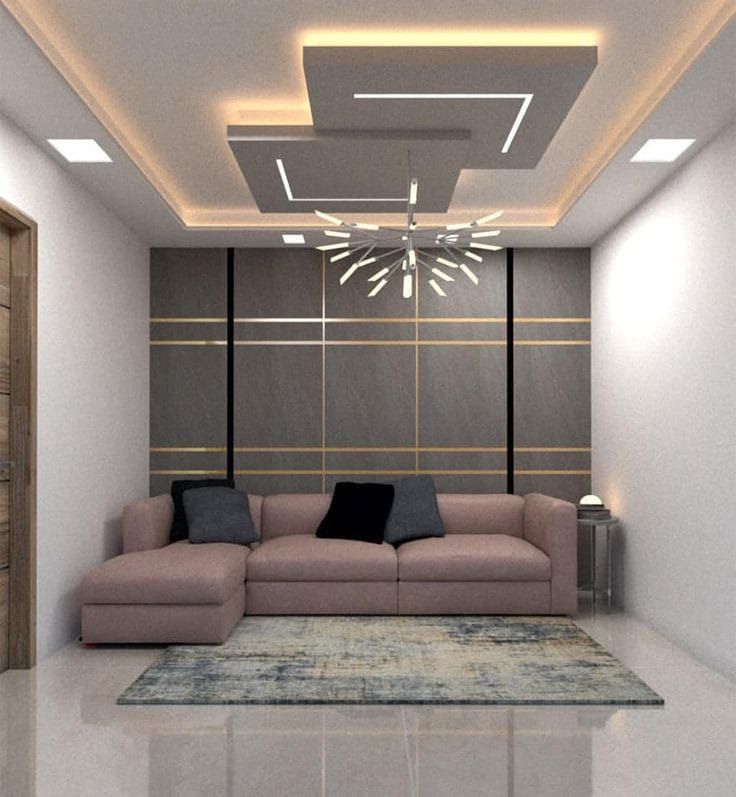

Installing false ceilings and light partitions involves several steps to ensure both aesthetic appeal and functional efficiency. Here’s a general overview of the process:
False Ceiling Installation:
Planning and Design:
Determine the type of false ceiling (e.g., gypsum board, PVC, metal panels) based on aesthetic preferences, durability, and budget.
Calculate dimensions and decide on the ceiling height adjustment (if any).
Materials and Tools:
Gather necessary materials: ceiling panels, framing materials (metal tracks and studs for gypsum board ceilings), screws, anchors, and insulation (if needed).
Tools required: measuring tape, level, screwdrivers, drills, saws (for cutting panels), and safety equipment.
Installation Steps:
Prepare the ceiling: Clean the existing ceiling surface.
Install framework: Fix metal tracks along the perimeter and studs across the ceiling at appropriate intervals.
Fit panels: Cut panels to size as needed and fix them onto the framework.
Finishing touches: Seal joints with jointing compound, sand smooth, and apply primer and paint.
